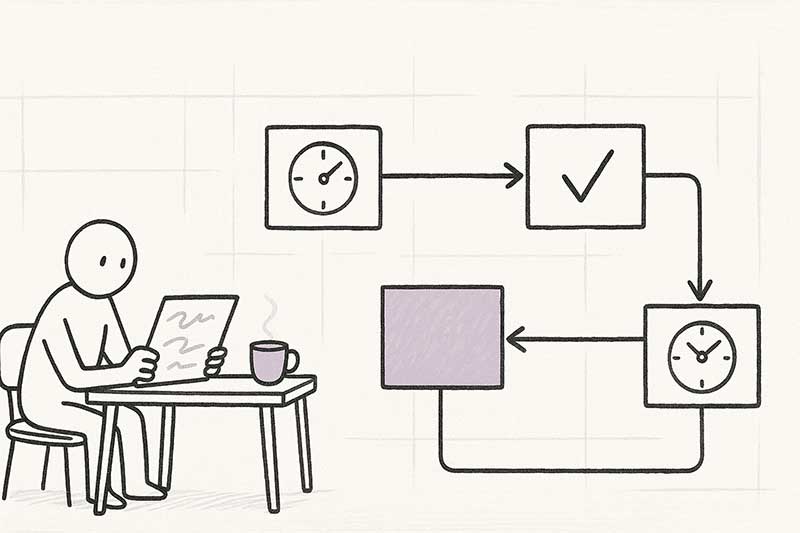RPA (Robotic Process Automation)
What is RPA (Robotic Process Automation)?
RPA stands for Robotic Process Automation. It is a technology that uses software programs, often called “bots,” to perform repetitive tasks that people normally do on a computer. It one of the technologies used in process automation.
These bots can copy data, fill in forms, move files, or click through applications in the same way a person would. The difference is that they work faster, do not get tired, and follow the same steps every time.
RPA is most useful in offices where work happens across several systems that do not easily connect to each other. For example, a bot can take information from an email and enter it into an accounting system automatically.
The main goal of RPA is to save time and reduce human error. It does not replace all human work but supports employees by handling the routine parts of their jobs so they can focus on more complex tasks.
Common use cases for RPA
RPA is most often used when processes are digital, repetitive, and rule-based. Typical examples include:
Copying data between systems that don’t talk to each other.
Generating reports or sending routine notifications.
Extracting information from documents or emails.
Processing invoices, orders, or payments in accounting systems.
Managing data in older or custom-built applications that lack integration options.
Data Panda’s view on RPA
At Data Panda, we see RPA as one part of a much larger toolbox called process automation. Process automation brings together many technologies to make work easier: connecting systems through APIs, building data flows, and designing smart workflows.
RPA is valuable, but we treat it as a last resort. It is best used when other automation methods are not possible. For example, when a company still depends on a legacy system without an API or when a process requires complex user interactions that only screen-based automation can handle.
However, RPA can be difficult to build and maintain. Even a small change in the underlying application can break a bot. That is why we only recommend RPA when there is no simpler or more stable alternative. Our goal is always to find the most reliable and sustainable way to automate business processes.
In short, RPA is a powerful and valuable technology. We use RPA tools at Data Panda. But make sure you use RPA for the right use cases. There might be better alternatives.
Related Terms

How to create an event log for process mining
A step by step guide on how you can create an event log for process mining.
Nov 18, 2025
Pretotyping Data Projects
Test data ideas fast with pretotyping. Learn how to validate concepts in days, avoid over-engineerin...
Nov 10, 2025